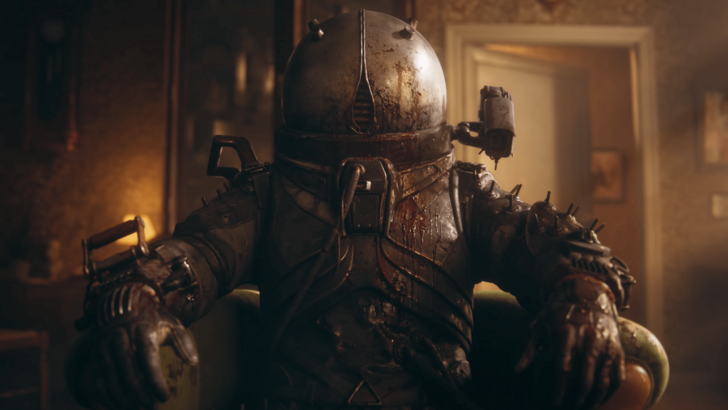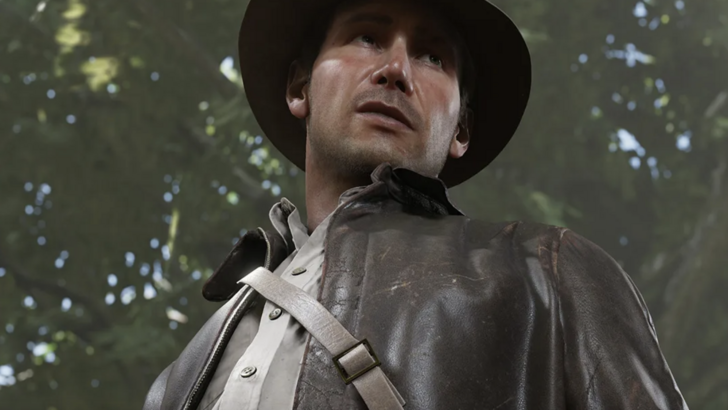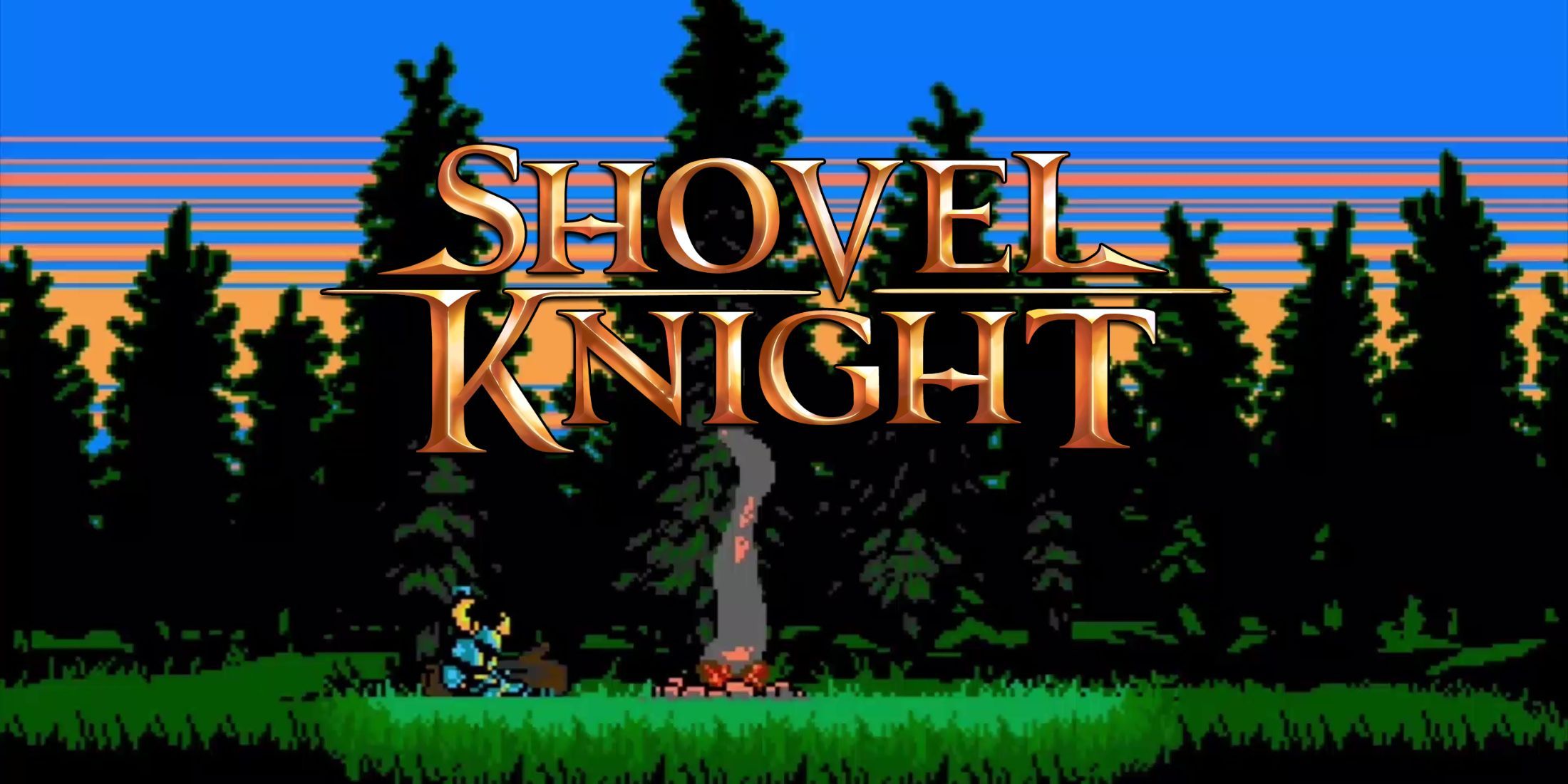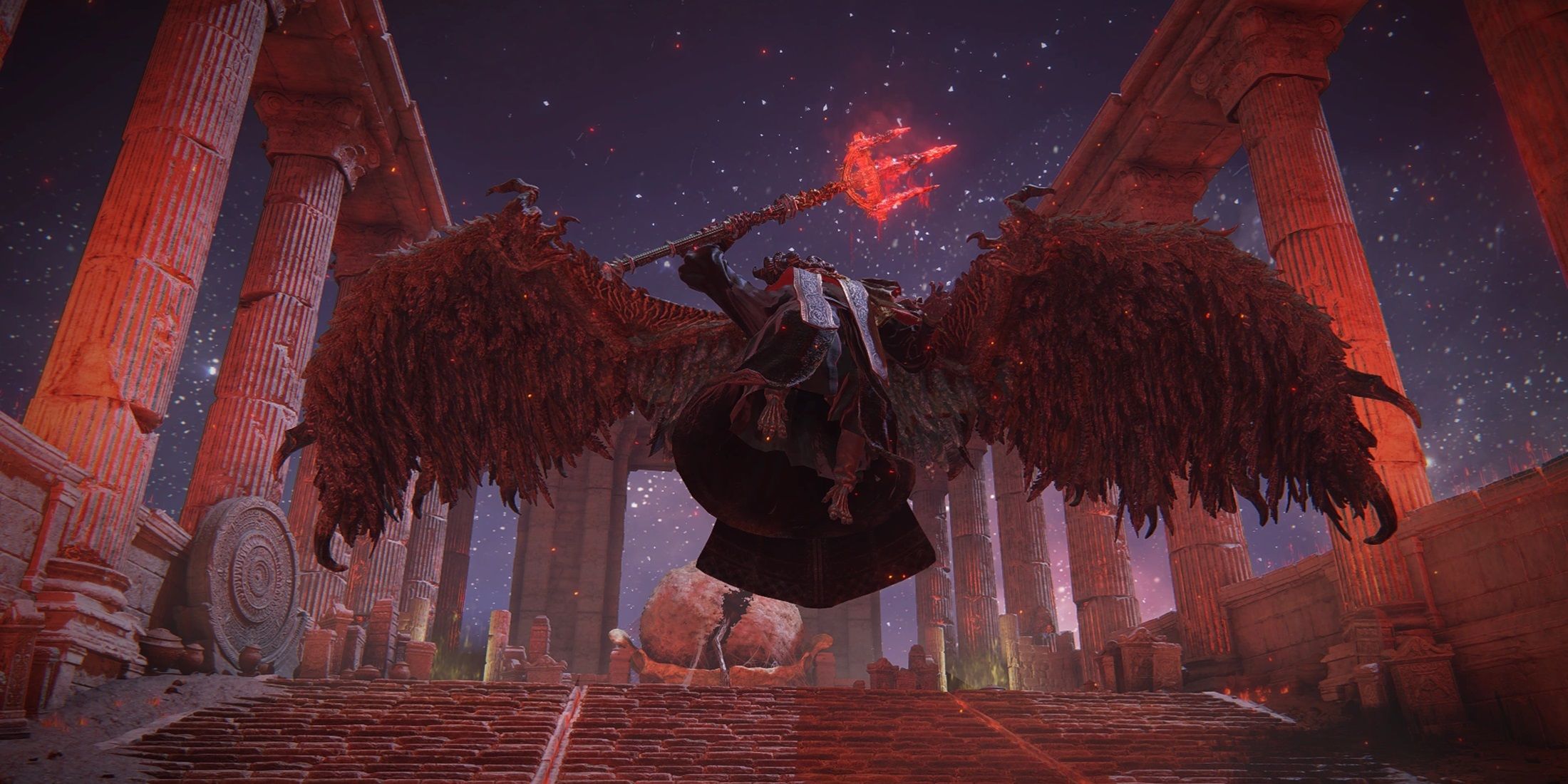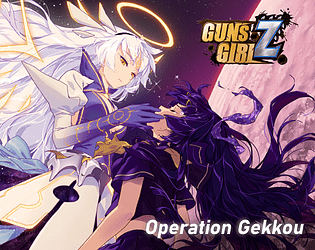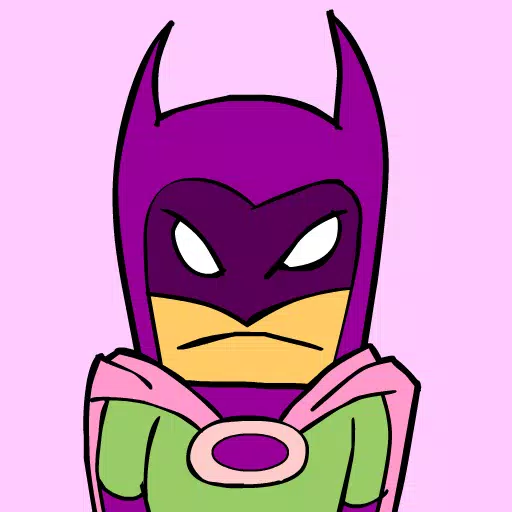In 1947, The Walt Disney Company faced a daunting $4 million debt, a consequence of the financial setbacks experienced by *Pinocchio*, *Fantasia*, and *Bambi*. World War II and other factors had significantly impacted the studio's success. However, the release of *Cinderella* proved to be a pivotal moment, rescuing the company from potential ruin and securing its legacy.
As *Cinderella* celebrates its 75th anniversary, we explore the enduring appeal of this timeless rags-to-riches story. Its narrative surprisingly mirrors Walt Disney's own journey, offering not only hope to the company but also to a world yearning for inspiration and belief in the face of adversity.
The Right Film at the Right TimeDisney's 1937 triumph, *Snow White and the Seven Dwarfs*, enabled the construction of the Burbank studio and laid the foundation for future animated features. However, *Pinocchio* (1940), despite critical acclaim and Academy Awards, incurred a $1 million loss, exceeding its $2.6 million budget. *Fantasia* and *Bambi* followed suit, further deepening the studio's financial woes. World War II significantly impacted Disney's European markets, hindering the success of these films. The studio was subsequently involved in creating training and propaganda films for the U.S. military, and later focused on "Package Films"—collections of short cartoons compiled into feature-length releases. While these films were successful in covering costs and reducing debt, they diverted the studio from creating full-length animated narratives.
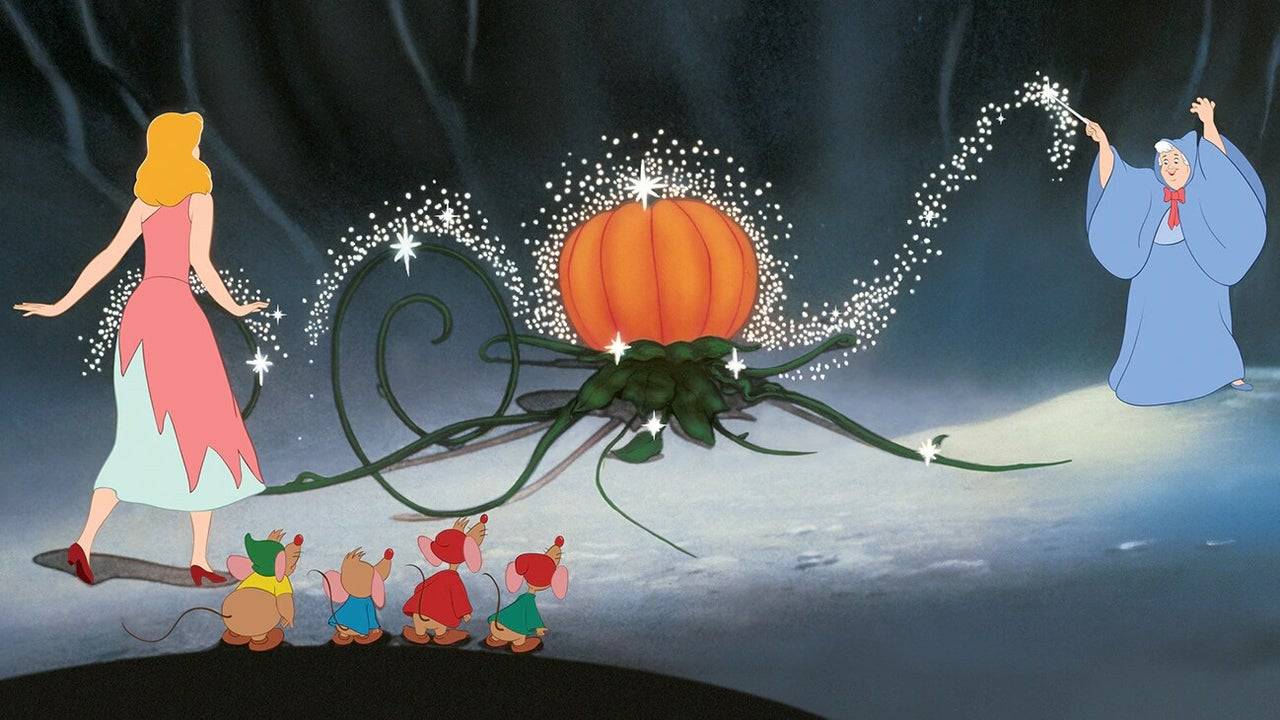
Walt Disney's desire to return to feature-length animation led to a pivotal decision. With *Alice in Wonderland*, *Peter Pan*, and *Cinderella* in various stages of development, *Cinderella* was chosen for its resemblance to the successful *Snow White*. Walt believed the story's inherent hope and joy were precisely what post-war America needed.
“Walt was very good at reflecting the times, and I think he recognized what America needed after the war was hope and joy,” says Tori Cranner, Art Collections Manager at Walt Disney Animation Research Library. “And while *Pinocchio* is an incredibly beautiful and amazing movie in and of itself, it's not a joyful movie in the way *Cinderella* is. And I think the world needed the idea that we can come out from the ashes and have something beautiful happen. *Cinderella* was the right choice for that moment in time.”
Cinderella and Disney’s Rags to Riches Tale
Walt Disney's fascination with *Cinderella* dated back to 1922, when he created a short film during his time at Laugh-O-Gram Studios. The story, adapted from Charles Perrault's 1697 version, resonated with Disney's own journey, reflecting themes of perseverance and the realization of dreams. While the Laugh-O-Gram version was unsuccessful, the narrative's core message—a rags-to-riches tale—remained a powerful inspiration.
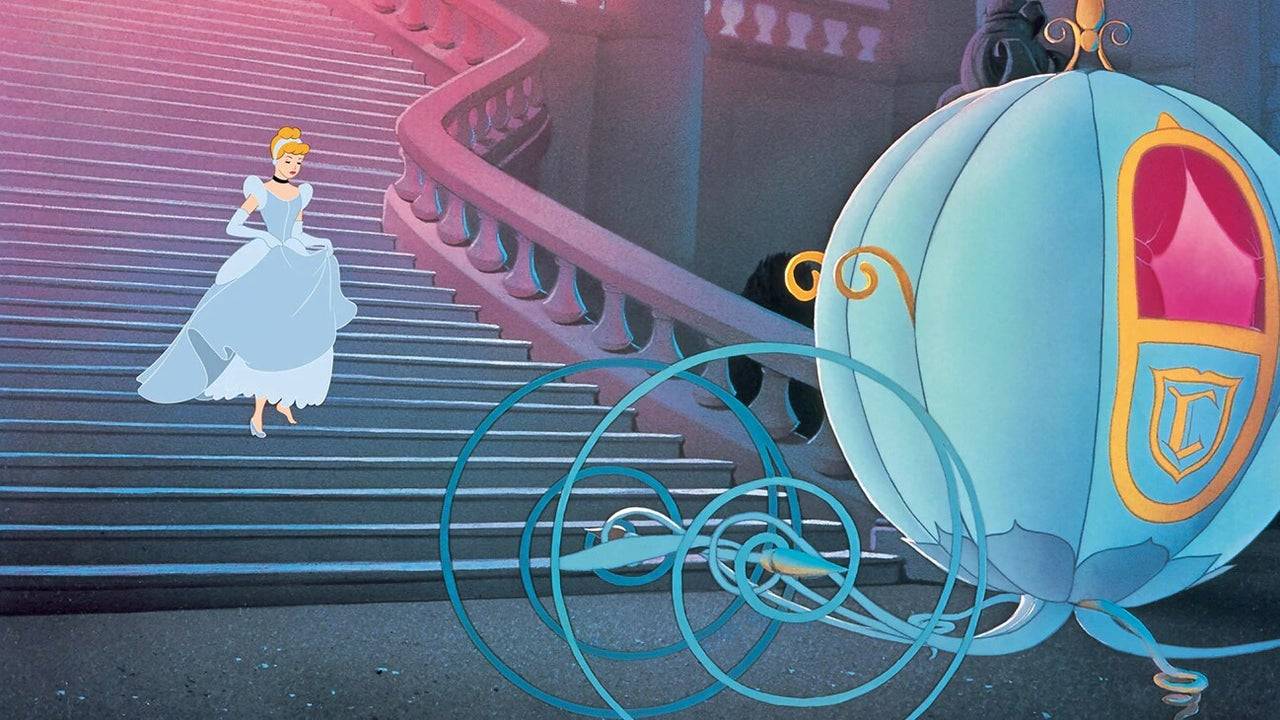
Disney's *Cinderella*, a strong female protagonist, mirrored his own path of overcoming challenges and pursuing his ambitions. The project, initially envisioned as a Silly Symphony short, evolved into a feature film over a decade, shaped by the war and other factors. The film's success stemmed from Disney's ability to adapt beloved stories, infusing them with universal appeal and modernizing them for broader audiences.
“Disney was so good at taking these fairytales that had been around for many, many years and putting his own spin on it," says Eric Goldberg, co-director of *Pocahontas* and lead animator on *Aladdin’s* Genie. "He brought his taste, entertainment sense, heart, and passion into it so people came to care about the characters and story unfolding even more than in the original stories themselves. These fairytales were also, excuse the pun, a little bit grim because they were often meant as cautionary tales for younger people… What Disney did, however, is he made these stories universally palatable and enjoyable for all audiences, which helped modernize them and let them stand the test of time.”
Creative additions, such as Cinderella's animal companions and a more relatable Fairy Godmother, enhanced the narrative's charm. The iconic transformation scene, meticulously animated, stands as a testament to Disney's artistry and innovation. The broken glass slipper, a unique addition to the story, highlights Cinderella's strength and agency.
The film's premiere in 1950 marked a resounding success, earning $7 million on a $2.2 million budget, revitalizing the studio and setting the stage for future animation classics like *Peter Pan*, *Lady and the Tramp*, and many more.
75 Years Later, Cinderella’s Magic Lives On
Cinderella's enduring legacy continues to inspire Disney's creations, influencing modern films such as *Frozen*. Her impact is evident in the iconic dress transformation scene, a tribute to the artistry and innovation of *Cinderella*. The film's message of hope and perseverance remains timeless, resonating with audiences across generations.
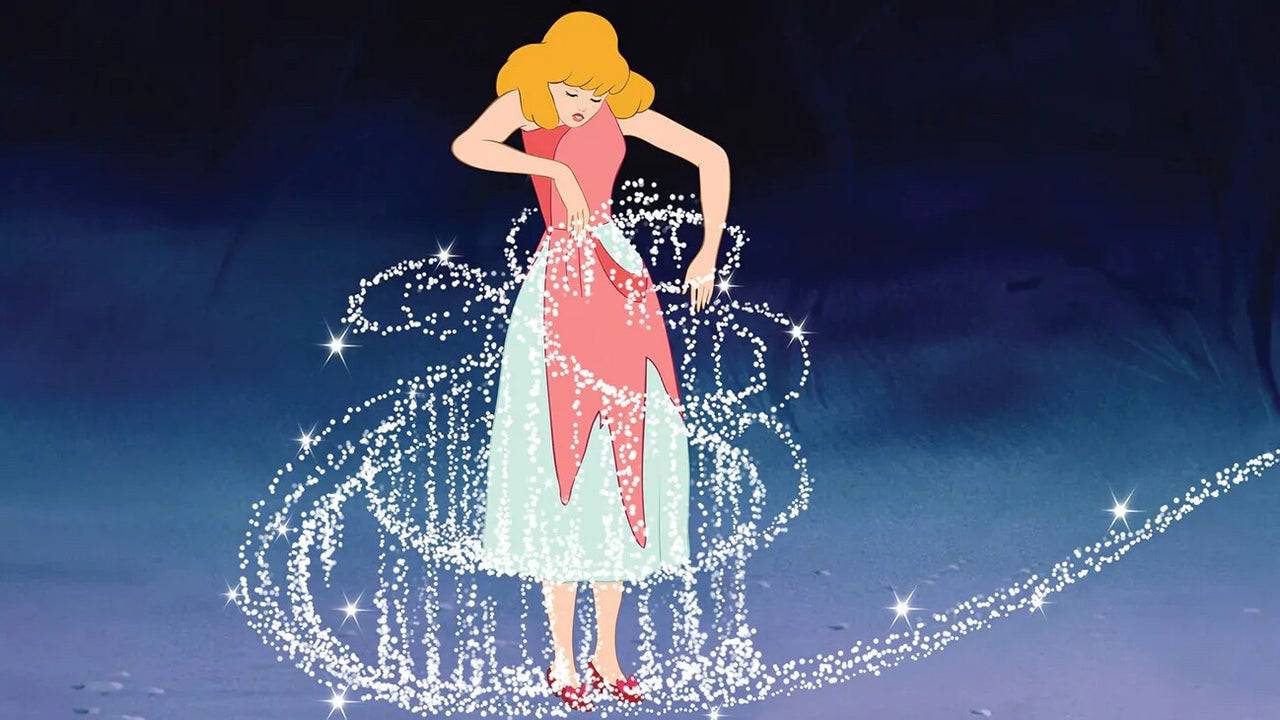
“I think the big thing about *Cinderella* is hope,” Goldberg concludes. “It gives people hope that things will work out when you have perseverance and when you are a strong person. I think that's its biggest message… is that hope can actually be realized and dreams can come true, no matter what time you are living in.”

 Latest Downloads
Latest Downloads
 Downlaod
Downlaod




 Top News
Top News